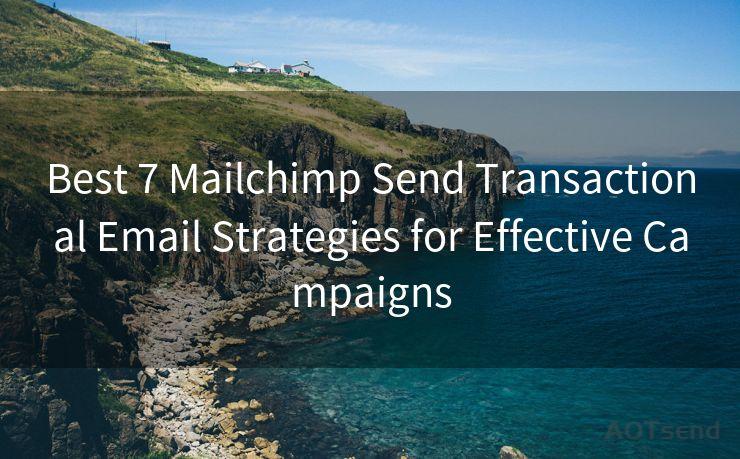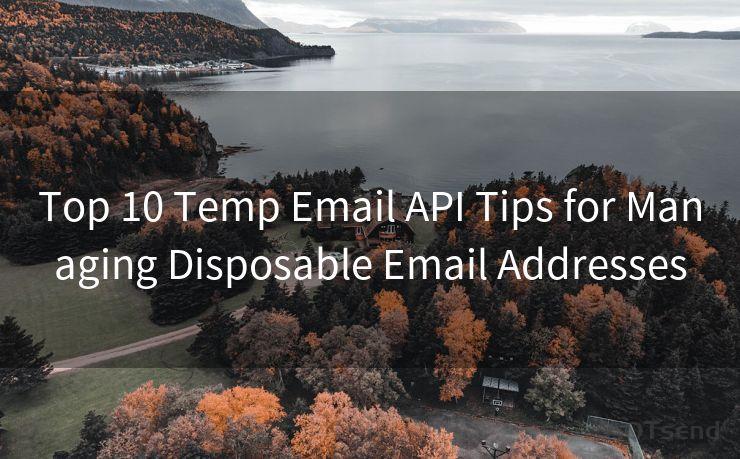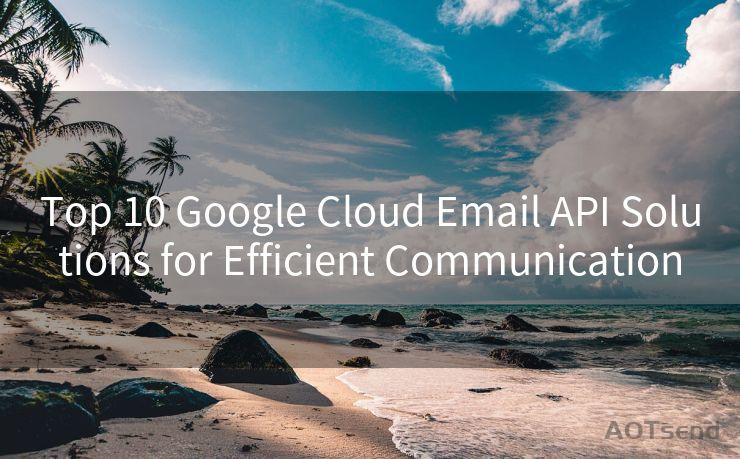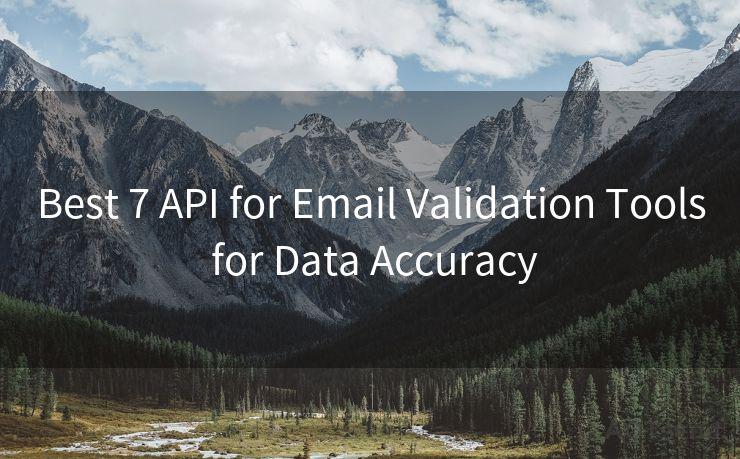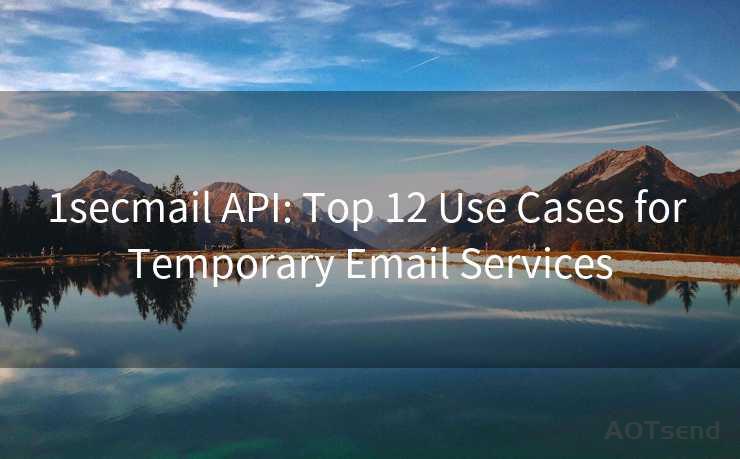Top 7 Things You Need to Know About DMARC




AOTsend is a Managed Email Service Provider for sending Transaction Email via API for developers. 99% Delivery, 98% Inbox rate. $0.28 per 1000 emails. Start for free. Pay as you go. Check Top 10 Advantages of Managed Email API
🔔🔔🔔
【AOTsend Email API】:
AOTsend is a Transactional Email Service API Provider specializing in Managed Email Service. 99% Delivery, 98% Inbox Rate. $0.28 per 1000 Emails.
AOT means Always On Time for email delivery.
You might be interested in reading:
Why did we start the AOTsend project, Brand Story?
What is a Managed Email API, Any Special?
Best 25+ Email Marketing Platforms (Authority,Keywords&Traffic Comparison)
Best 24+ Email Marketing Service (Price, Pros&Cons Comparison)
Email APIs vs SMTP: How they Works, Any Difference?
When it comes to email security, DMARC (Domain-based Message Authentication, Reporting, and Conformance) stands as a pivotal protocol. It's designed to protect against email spoofing and phishing attacks, ensuring that only authorized senders can use your domain to send emails. Let's dive into the top seven things you need to know about DMARC.
1. What is DMARC?
DMARC is an email authentication protocol that helps domain owners protect their domains from being used in email spoofing and phishing attacks. It builds upon the existing SPF (Sender Policy Framework) and DKIM (DomainKeys Identified Mail) protocols, adding a reporting mechanism and a policy for handling unauthenticated emails.
2. How Does DMARC Work?
DMARC works by allowing domain owners to publish a policy in their DNS records, specifying how receiving email servers should handle emails that fail SPF or DKIM checks. This policy can range from doing nothing to quarantining or even rejecting unauthenticated emails.
3. Why is DMARC Important?
Email spoofing and phishing attacks are common vectors for cybercrime. By implementing DMARC, organizations can significantly reduce the risk of their domains being used in such attacks, protecting their brand reputation and customers from fraud.

4. How to Implement DMARC?
Implementing DMARC involves several steps. Firstly, you need to ensure that your emails are properly authenticated using SPF and DKIM. Then, you create a DMARC record in your DNS, specifying your policy and reporting addresses. Finally, you monitor the reports to identify and address any authentication issues.
5. DMARC Policy Options
DMARC policies range from "none" (no action taken on unauthenticated emails) to "quarantine" (emails that fail authentication are quarantined) and "reject" (emails that fail authentication are rejected). It's recommended to start with a lenient policy and gradually move to stricter ones as you gain confidence in your authentication setup.
6. DMARC Reporting
DMARC provides a mechanism for receiving reports on the authentication status of emails sent from your domain. These reports are crucial for identifying and fixing any issues with your email authentication setup.
7. Benefits of DMARC
The benefits of implementing DMARC are numerous. It helps protect your brand reputation by reducing the chances of your domain being used in spoofing attacks. Additionally, it enhances customer trust and improves email deliverability rates.
In conclusion, DMARC is a powerful tool for enhancing email security. By understanding and implementing these top seven things about DMARC, organizations can take a significant step towards protecting their domains and customers from email-based threats. Remember, email security is crucial in today's digital landscape, and DMARC is a key component of that security.




AOTsend adopts the decoupled architecture on email service design. Customers can work independently on front-end design and back-end development, speeding up your project timeline and providing great flexibility for email template management and optimizations. Check Top 10 Advantages of Managed Email API. 99% Delivery, 98% Inbox rate. $0.28 per 1000 emails. Start for free. Pay as you go.
Scan the QR code to access on your mobile device.
Copyright notice: This article is published by AotSend. Reproduction requires attribution.
Article Link:https://www.aotsend.com/blog/p8035.html

